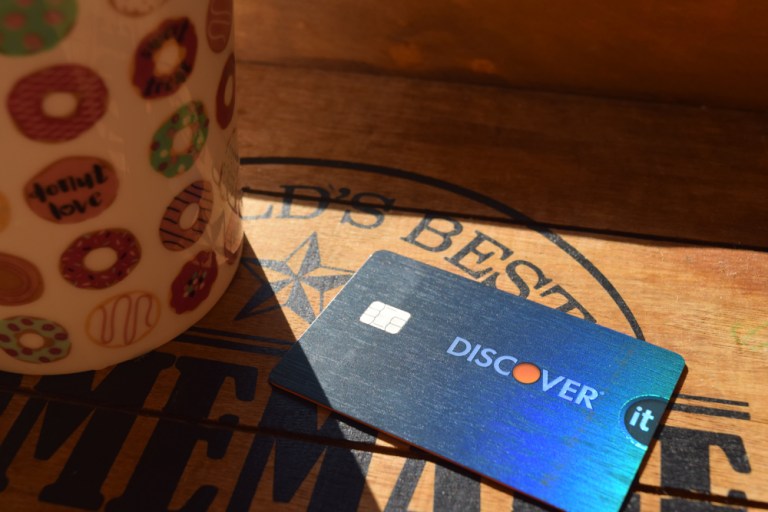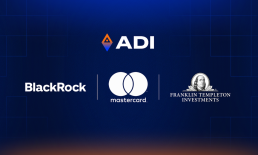When it comes to the economy, some things are not up for discussion. Everyone is spending more on housing, on transportation, food and shelter. And the consumer who wants to borrow money is still looking at much higher interest rates compared to March 2022, when they started the upward climb that only recently has been checked.
For Jennifer Cruz, senior vice president, US Credit Issuance and U.S. & Canadian Acceptance at Discover® Global Network, the same “not up for discussion” heading goes for some other, less urgent financial situations. “The biggest financial challenges remain saving money, planning for the future and sticking to the budget,” she told PYMNTS recently.
It’s anyone’s guess as to what the next few years might hold in terms of the economy. And while it is up for discussion, the shift toward embedding payment options into all manner of use cases, demographic shifts — and increasing comfort with digital technologies — will spur firms to rethink and refine their payments strategies through the next five years. Buy now, pay later options are popular, embedded offers and promotions are part of the consumer expectations as they move through daily financial life.
Taking Note of the Demographics
Modernizing payments infrastructures will be a critical endeavor for companies that seek to stay competitive and meet evolving expectations, Cruz said, across physical and digital channels.
There are key drivers propelling financial institutions and enterprises where they’ll need to go as they eye the next half decade, Cruz said. Taken altogether, boomers, Gen X, millennials and Gen Z cohorts make up 80% of the population. Their embrace of digital varies, but by and large, everyone’s got a mobile device in hand. The younger generations are digitally native, and even older consumers have learned to use, and favor, contactless payments.
“The future of payments will be significantly influenced by demographics,” said Cruz, who added that digital payments and virtual cards have replaced the use of the plastic cards, once mainstays of the wallets in our pockets and purses. We’re even seeing the rise of in-car infotainment and payment systems.
Advertisement: Scroll to Continue
The consumers? They’re not all that interested in the payment flows themselves — what they want are the benefits of those flows becoming speedier and more secure, all while protecting consumers’ identities and data.
Technology, after all, is only as good as its security, Cruz said. There’s another tell for providers and for enterprises when it comes to payments: Cruz said that as many as seven out of 10 consumers are willing to encounter additional security steps at login or at checkout.
The confluence of Big Data and using artificial intelligence (AI) to harness that data, she said, along with digitization, can be a boon to meeting consumer expectations in crafting a payments strategy. Knowledge assistants and other high-tech offerings can anticipate what might be of interest to consumers — and for banks, customer service agents armed with these tools can help customers with a personalized approach.
AI and machine learning are also necessary in recognizing fraudulent activities and anomalous, suspicious payment activity, right down to a device-level, granular analysis — which then steps up security and authentication protocols presented to the cardholder.
“You’re looking out for the customer [at the right moment in their journey],” Cruz said.
Data Control and Security
Automation and advanced tech, she said, also demand that companies reexamine their practices over data control and security — and above all, they need to remember to keep it simple. Partnering with companies and networks such as Discover Global Network and payments orchestrators can streamline data sharing and the complexities of connecting to multiple providers across the payments ecosystem as merchants and other firms move onto the global stage.
Looking ahead, as firms like Discover Global Network enable contactless acceptance, tap to pay and mobile wallets, Cruz said, “What protects us today will not protect us in the future.”
Prioritizing data security measures, investing in robust cybersecurity and adhering to strict data privacy protection like GDPR and CCPA will all help create a culture of data protection and transparency.
As for Discover Global Network, she said, “we will continue to evaluate our international work with our local acquirers, networks and payment enablers to expand our acceptance footprint.”




